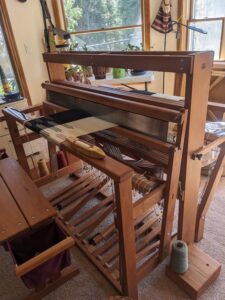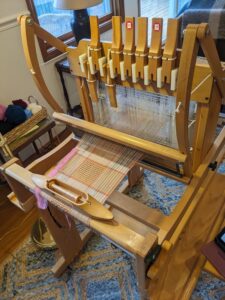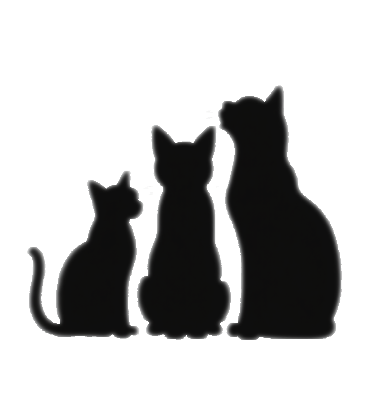What Is Weaving?


What is Weaving? That is a good question. Many books have been written about weaving. The yarn, string or fiber that is “woven” can be almost anything but is most commonly plant material, animal material or metal. It can be much finer than human hair or as large as can be machine manipulated. Basic weaving is done with a set of parallel fibers (“warp threads”) that are in a fixed position in a loom. A second set of fibers (“weft threads”) are individually interlaced over and under the fixed fibers. The over and under pattern is reversed on each successive row of interlacement thus creating a woven textile.
Like most specialized activities, weaving has its own vocabulary.
Weaving, however, is not only interlacement of fibers at 90 degrees. It also includes a number of different “structures” that produce varying patterns woven into the cloth. By changing the interlacement, the quantity and position of warp and/or weft threads, everything from delicate woven laces to heavy textiles with multiple layers are easily produced.
Patterns woven into the cloth are amplified and multiplied when fibers of different colors are woven into the same textile. Also, by varying the material, spacing and/or thickness of the warp or weft threads (or both) countless pattern possibilities are possible.
Most weaving is done on a loom – a physical structure that holds the warp threads. Looms can be as simple as the human body or as complex as the automated multi-shaft industrial looms that fill entire factories. The most common looms for fiber artists are backstrap looms, Inkle looms, frame looms, rigid heddle looms and multi-shaft table or floor looms. Most of Jan’s work is done on Navajo-style frame looms and multi-shaft table or floor looms.
Weaving as an art form offers whatever the artist can imagine and engineer. Traditional Navajo weavings are symmetrical both left-right and top-bottom. The patterns can include diamonds, squares, eagles, stars, lightening bolts and stripes either singly or combined into intricate patterns. Traditional backstrap patterns, found in the Andes, often include stripes, diamonds, llamas, birds and lizards. Many traditional patterns can be integrated into weavings done on multi-shaft looms either by the use of supplemental warp or weft threads or by hand manipulation of warp and/or weft threads.
